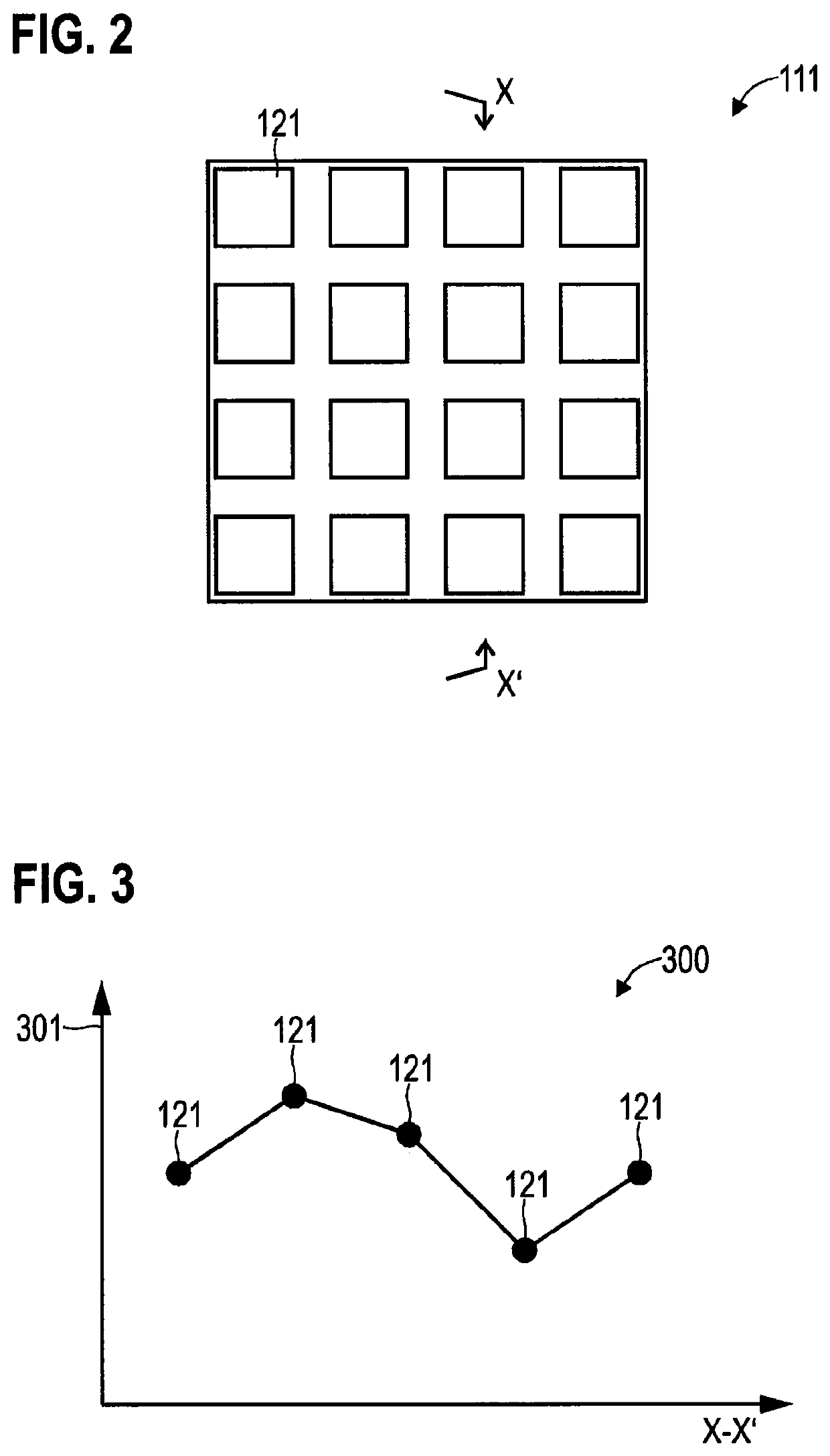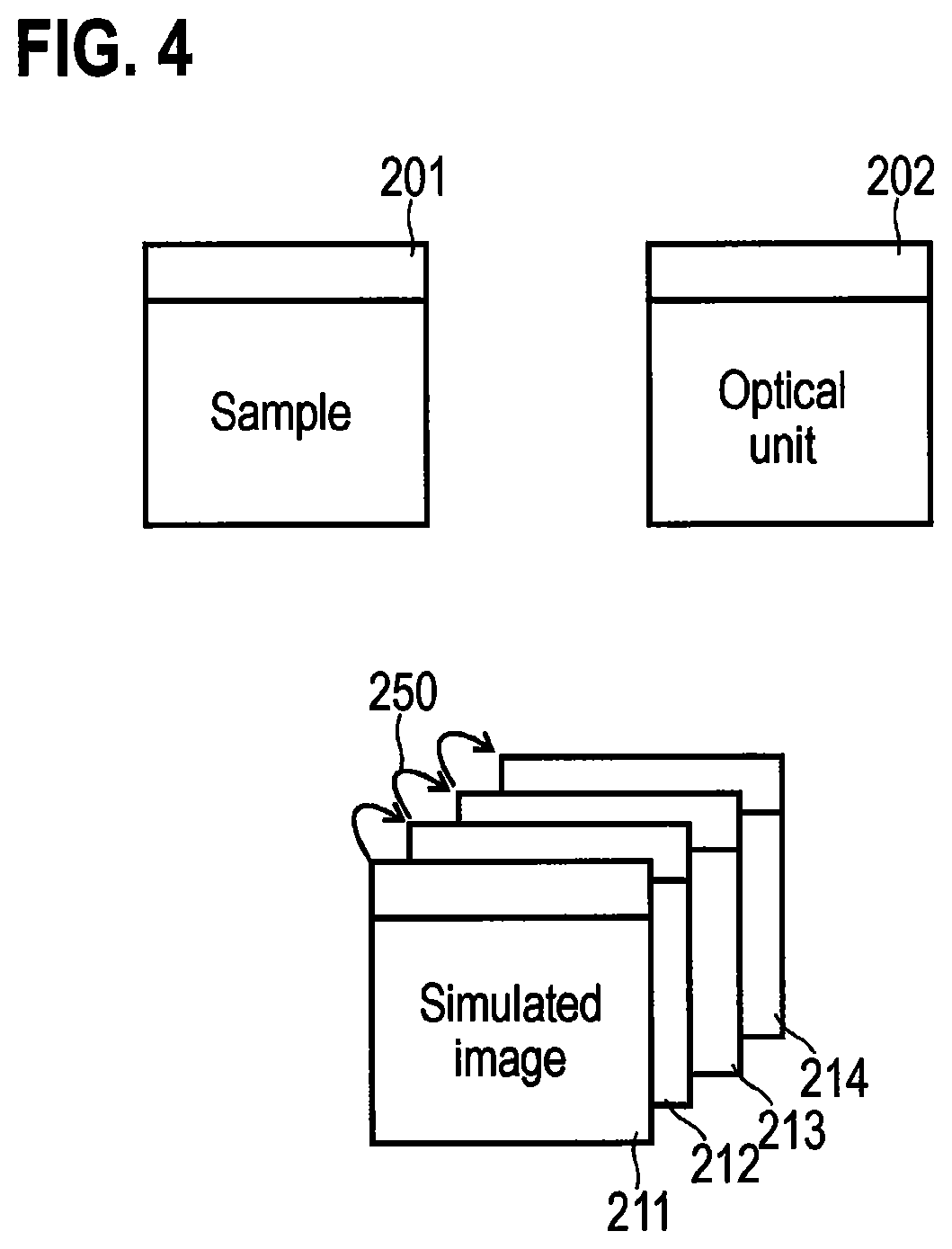Structured illumination with optimized illumination geometry
a structured illumination and optimization technology, applied in the field of structured illumination with optimized illumination geometry, can solve the problems of comparatively limited phase contrast that is obtainable through fixedly defined illumination geometries, structural limitations, and limitations of the above-mentioned techniques
- Summary
- Abstract
- Description
- Claims
- Application Information
AI Technical Summary
Benefits of technology
Problems solved by technology
Method used
Image
Examples
Embodiment Construction
[0036]The properties, features and advantages of this invention described above and the way in which they are achieved will become clearer and more clearly comprehensible in association with the following description of the exemplary embodiments which are explained in greater detail in association with the drawings.
[0037]The present invention is explained in greater detail below on the basis of preferred embodiments with reference to the drawings. In the figures, identical reference signs designate identical or similar elements. The figures are schematic representations of different embodiments of the invention. Elements illustrated in the figures are not necessarily depicted as true to scale. Rather, the different elements illustrated in the figures are reproduced in such a way that their function and general purpose become comprehensible to the person skilled in the art. Connections and couplings between functional units and elements as illustrated in the figures may also be imple...
PUM
| Property | Measurement | Unit |
|---|---|---|
| switching frequencies | aaaaa | aaaaa |
| optical transfer function | aaaaa | aaaaa |
| phase contrast | aaaaa | aaaaa |
Abstract
Description
Claims
Application Information
 Login to View More
Login to View More - R&D
- Intellectual Property
- Life Sciences
- Materials
- Tech Scout
- Unparalleled Data Quality
- Higher Quality Content
- 60% Fewer Hallucinations
Browse by: Latest US Patents, China's latest patents, Technical Efficacy Thesaurus, Application Domain, Technology Topic, Popular Technical Reports.
© 2025 PatSnap. All rights reserved.Legal|Privacy policy|Modern Slavery Act Transparency Statement|Sitemap|About US| Contact US: help@patsnap.com



